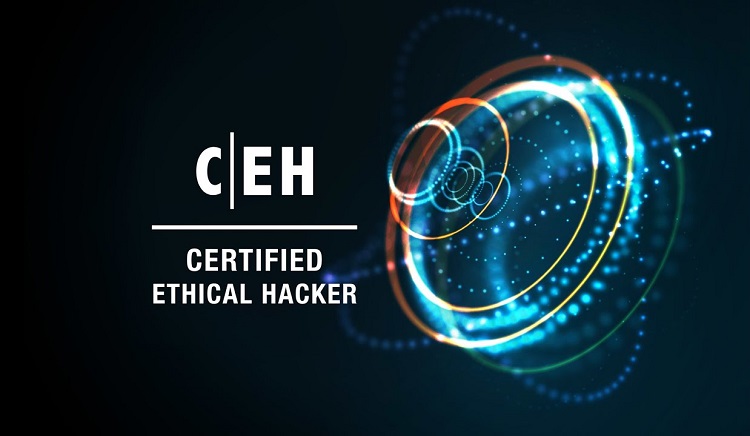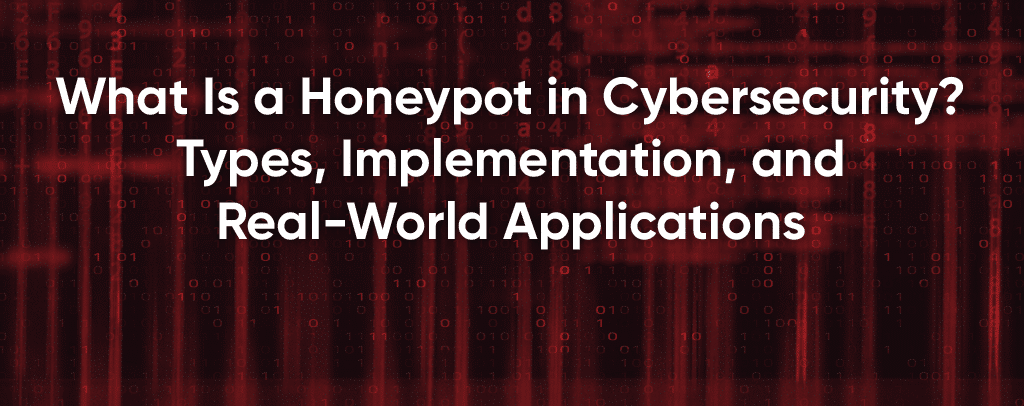Tuesday, 29 August 2023
Ethical Hacking Demystified: Your Path to C|EH Certification
Thursday, 24 August 2023
Decoding DevSecOps and DevOps Engineer Courses
Embracing DevOps and DevSecOps: The Surging Demand for IT Professionals
Understanding DevOps Courses
- Continuous integration/continuous deployment (CI/CD): CI/CD emphasizes automating the software building, testing, and deployment processes to make them faster and more reliable. Tools include Jenkins, CircleCI, and GitLab CI/CD.
- Infrastructure as code (IaC): IaC manages and provisions IT infrastructure through code files rather than manual processes, further automating IT operations and management.
- Microservices and containerization: Developers build applications as a loosely coupled collection of microservices that can be deployed independently as containers with technologies such as Docker and Kubernetes.
- Logging and monitoring: DevOps teams collect logs and monitor application performance to quickly detect and resolve issues. Tools include Grafana, Prometheus, and the ELK stack (Elasticsearch, Logstash, Kibana).
Exploring DevSecOps Courses
- Shift-left security: The term “shift-left security” refers to bringing IT security practices and concepts early in the software development process, from design and coding to testing and deployment.
- Security testing automation: IT security should be baked into the software testing process to quickly detect vulnerabilities and weaknesses. Tools include both static (SAST) and dynamic (DAST) application security testing solutions such as SonarQube, Checkmarx, Burp Suite, and OWASP ZAP.
- Threat modeling and detection: In threat modeling, DevSecOps engineers identify potential threats to the application and formulate methods to mitigate or address them. Techniques such as vulnerability scanning and penetration testing can help confirm the presence of security risks.
- Secure code practices: DevSecOps engineers learn about secure code practices to prevent common exploits such as SQL injection and cross-site scripting (XSS). They also learn about security concerns in IT infrastructure and containerization technologies like Docker and Kubernetes.
Comparing and Decoding DevSecOps and DevOps Engineer Courses
- Content: Make sure that your DevSecOps or DevOps course covers the concepts and tools relevant to your career objectives, such as CI/CD, version control, cloud platforms, and security testing.
- Format: Depending on your learning preferences, goals, and schedule, you may prefer to attend in-person lectures with an instructor or follow an online, self-paced, asynchronous program.
- Expenses: Consider the course cost, training materials, and the exam. You can receive a scholarship or obtain tuition reimbursement from your employer.
- Hands-on experience: Practical knowledge is essential for DevOps and DevSecOps practitioners, so look for a certification that offers hands-on labs and projects to apply your theoretical knowledge.
- Support and community: Check to see if the course provides opportunities to connect and network with fellow students and instructors, such as forums, chat groups, office hours, or Q&A sessions.
- Industry value: To help advance your career, your choice of DevSecOps or DevOps course should be offered by a well-regarded institution with a large alumni network.
Job Market Trends and Opportunities for DevOps and DevSecOps
Tuesday, 22 August 2023
Role Of Authentication, Role Management & Access Control as Integral Part Of SOC Capabilities
Roles in SOC Teams
The Role of Authentication in SOC
The Role of Access Control in SOC
Saturday, 19 August 2023
Threat Mitigation Strategies and Best Practices for Securing Web Applications
What Is Broken Access Control Vulnerability?
Top 8 Web Application Security Attacks and How to Mitigate Them
Thursday, 17 August 2023
The Importance of IoT Security: Understanding and Addressing Core Security Issues
1. How would you describe the current role of artificial intelligence in cybersecurity? What are some critical areas where AI is being applied effectively?
2. In your opinion, what are the significant advantages that AI brings to cybersecurity? Can you provide any specific examples or use cases?
3. Conversely, what are the potential risks or challenges associated increased use of AI in cybersecurity? How can these be mitigated?
4. How can security teams mitigate these AI-enabled risks with threat actors ramping up to include automation and AI in their invasive efforts?
5. Why do you believe there is a need to regulate the use of AI in the cybersecurity domain? Should these regulations also expand to cover AI’s impact on workforce substitution?
6. With AI evolving rapidly, do you believe current regulations adequately address the potential risks and ethical concerns surrounding AI in cybersecurity? Why or why not?
7. What, in your view, should be the key elements of AI regulation in the context of cybersecurity? Are there any specific principles or guidelines that should be implemented?
Saturday, 12 August 2023
The Art of Cyber Sleuthing: How Ethical Hackers Battle Dark Forces and Keep the Virtual Universe Secure
Unmasking the Ethical Hacker: Guardians of the Virtual Realm
The Mindset of a Cyber Sleuth: Curiosity and Ingenuity
The Tools of the Trade: Cutting-Edge Technology for Digital Vigilance
The Dance of Discovery: Uncovering Vulnerabilities
The White Hat Community: Collaboration in the Name of Security
Ethical Hacking in Action: A Real-World Example
The Future of Cyber Sleuthing: Navigating the Unknown
Thursday, 10 August 2023
Exploring the Significance of Honeypots in Cybersecurity
Introduction
In the realm of cybersecurity, one term that frequently emerges is "Honeypot." This article delves into the concept of honeypots, their importance, and the role they play in fortifying digital defenses against malicious actors.
Unveiling the Nature of Honeypots
A honeypot, in cybersecurity terms, serves as an alluring trap, deliberately designed to attract potential attackers. It mimics a vulnerable system or network, enticing cybercriminals into engaging with it. The primary objective of a honeypot is to gather crucial insights into attackers' methods, motives, and tactics.
The Varied Faces of Honeypots
Honeypots come in diverse forms, catering to different security needs:
Research Honeypots
Research honeypots are academic tools utilized to study attackers' behavior. These controlled environments allow researchers to dissect hacking techniques, enhancing the collective understanding of cyber threats.
Production Honeypots
Production honeypots play a more practical role. They divert malicious traffic away from critical systems, serving as a first line of defense. By luring attackers away, they buy valuable time for security teams to identify and counter threats effectively.
High-Interaction and Low-Interaction Honeypots
Honeypots are categorized into high-interaction and low-interaction types. High-interaction honeypots provide a complete simulation of an operating system, consuming more time and resources but yielding comprehensive insights. Low-interaction honeypots, on the other hand, emulate specific services, consuming fewer resources while still capturing valuable data.
The Advantages of Employing Honeypots
Real-time Threat Detection
Honeypots offer real-time threat detection by tracking any interaction with the deceptive system. This enables security experts to promptly identify emerging attack vectors and vulnerabilities.
Insight into Attack Techniques
Studying honeypot data provides unparalleled insight into the methods and tools used by cybercriminals. This knowledge arms cybersecurity professionals with information to strengthen their defenses.
Minimized False Positives
Since honeypots are not part of the production environment, any activity detected within them is likely malicious. This reduces the occurrence of false positives, allowing security teams to focus on genuine threats.
Implementing Honeypots Strategically
Placement is Key
Strategic placement of honeypots is vital. They should be positioned within the network where they are likely to attract malicious activity, such as near valuable data repositories.
Variety Enhances Protection
Deploying a variety of honeypots with different operating systems and services diversifies the insights gained. This holistic approach ensures a well-rounded understanding of potential threats.
Collaboration and Information Sharing
The insights gathered from honeypots can be shared within the cybersecurity community. This collective knowledge empowers everyone to stay ahead of emerging threats.
Conclusion
In the intricate landscape of cybersecurity, honeypots stand as a beacon of defense. By providing a controlled environment to study, monitor, and deflect cyber threats, they contribute significantly to the security ecosystem. As technology evolves, the role of honeypots becomes increasingly pivotal in safeguarding digital assets and thwarting the endeavors of malicious actors.















